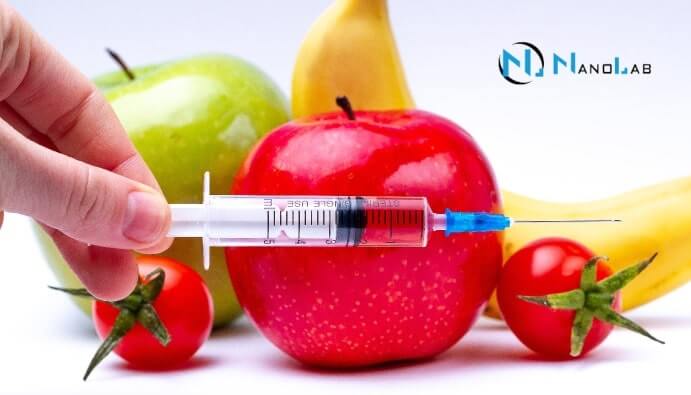GMO Food Testing
Today, foods produced using Genetically Modified Organisms (GMOs) are increasingly promoted as the world's food source. It is stipulated by the European Union Commission that foods obtained using GMOs and containing detectable amounts of DNA or protein must be labeled. Determination (qualitative analysis) and measurement (quantitative analysis) of genetic modification are necessary processes for labeling processes. It is imperative for the identification, measurement and monitoring of GMOs in foods using reliable, reproducible, accurate and sensitive methods.According to the definition of Holst-Jensen, living organisms such as bacteria, plants, and animals whose genetic composition has been modified by the use of gene technology are Genetically Modified Organisms. The use of GMOs and their products for food purposes is prohibited within the scope of the "Biosafety Law", which entered into force on September 26, 2010, and the "Regulation on Genetically Modified Organisms and Their Products", which entered into force on the same date.
Within the scope of the Biosafety Law;
- Place of GMOs and their products on the market without approval is prohibited.
- The use of GMOs and products against the rules of the Board is prohibited.
- GMO plants and animals are prohibited to grow.
- The use of GMOs and their products is prohibited, except for the purpose and area determined by the Board within the scope of placing on the market.
- The use of GMOs and products is prohibited in baby foods and infant formulas, follow-on formulas and follow-on formulas, and supplementary foods for infants and young children.
You can contact Nanolab Food Analysis Laboratory for GMO Analysis in Foods.


